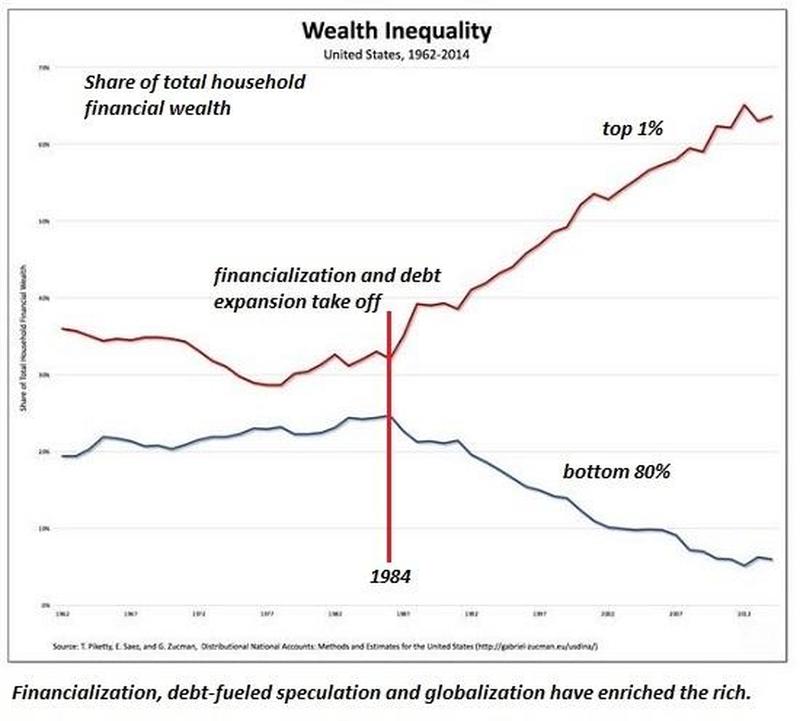There is democratic capitalism, and there is fascist capitalism. What we have today is fascist capitalism; and the following will explain how it works, using as an example the case of Greece.
Mark Whitehouse at Bloomberg headlined on 27 June 2015, “If Greece Defaults, Europe’s Taxpayers Lose,” and presented his ‘news’ report, which simply assumed that, perhaps someday, Greece will be able to get out of debt without defaulting on it. Other than his unfounded assumption there (which assumption is even in his headline), his report was accurate. Here is what he reported that’s accurate:
He presented two graphs, the first of which shows Greece’s governmental debt to private investors (bondholders) as of, first, December 2009; and, then, five years later, December 2014. This graph shows that, in almost all countries, private investors either eliminated or steeply reduced their holdings of Greek government bonds during that 5-year period. (Overall, it was reduced by 83%; but, in countries such as France, Portugal, Ireland, Austria, and Belgium, it was reduced closer to 100% — all of it.) In other words: by the time of December 2009, word was out, amongst the aristocracy, that only suckers would want to buy it from them, so they needed suckers and took advantage of the system that the aristocracy had set up for governments to buy aristocrats’ bad bets — for governments to be suckers when private individuals won’t. Not all of it was sold directly to governments; much of it went instead indirectly, to agencies that the aristocracy has set up as basically transfer-agencies for passing junk to governments; in other words, as middlemen, to transfer unpayable debt-obligations to various governments’ taxpayers.
…click on the above link to read the rest of the article…









 Image credit: Glenna Goodacre
Image credit: Glenna Goodacre
